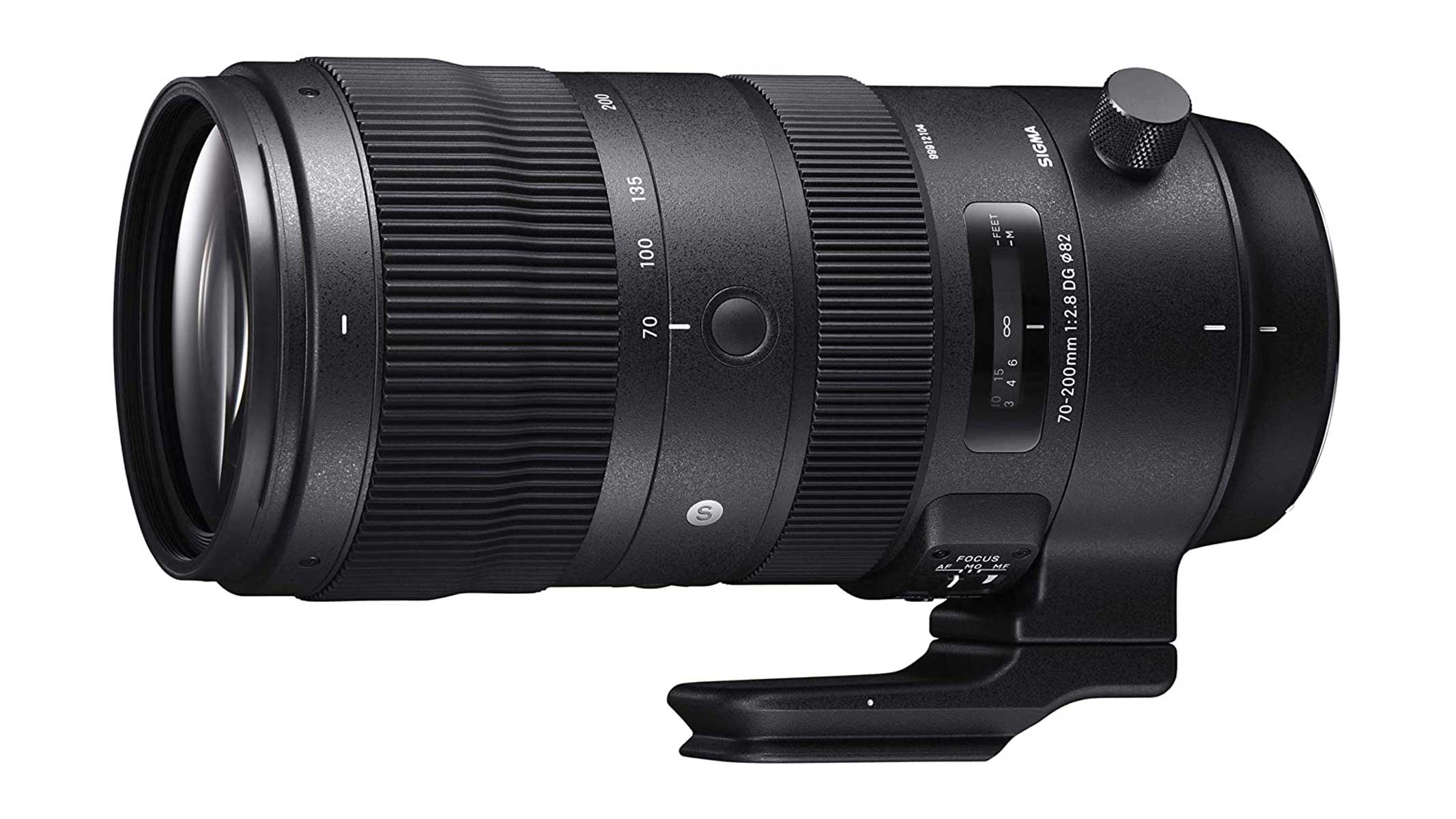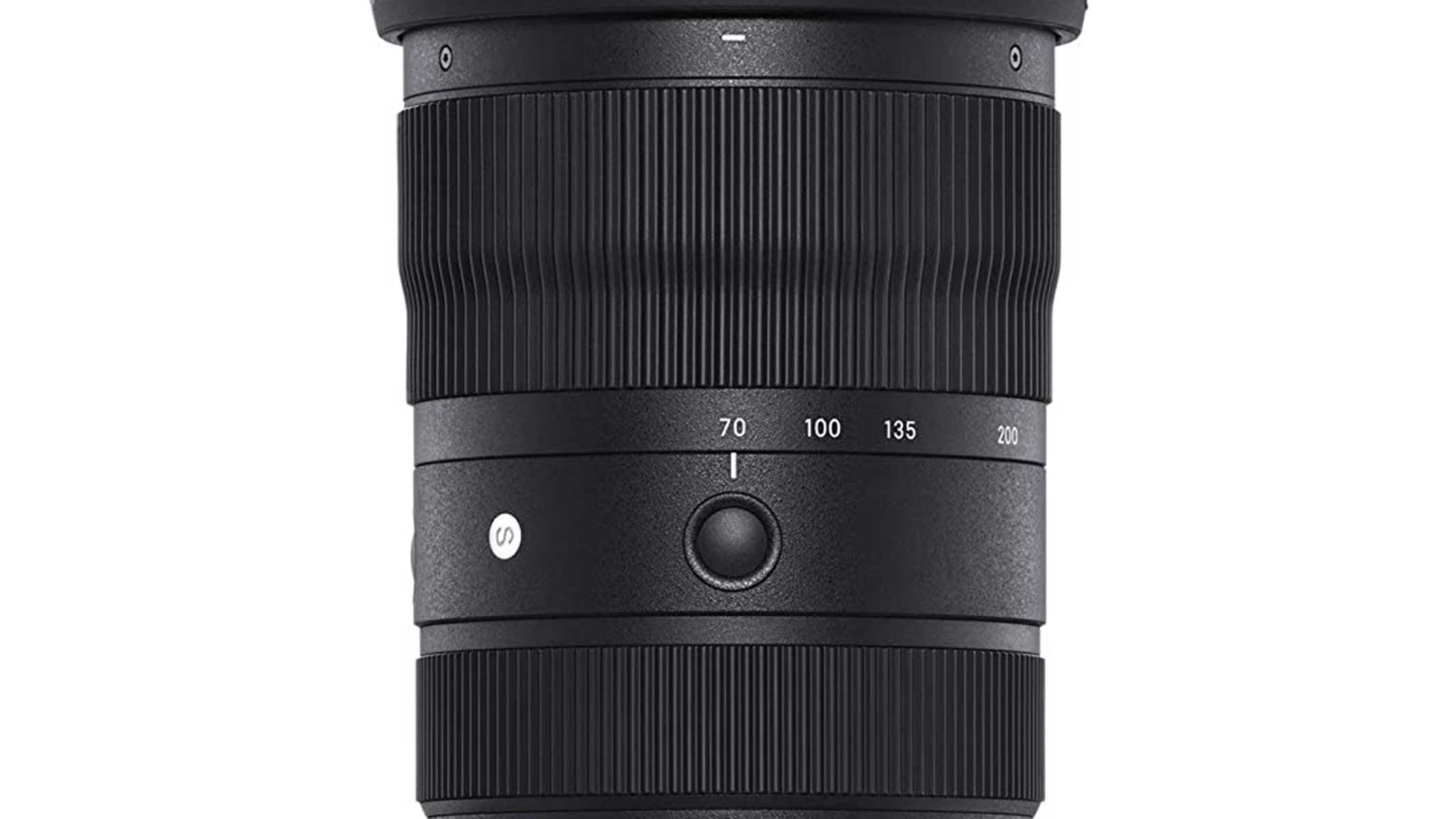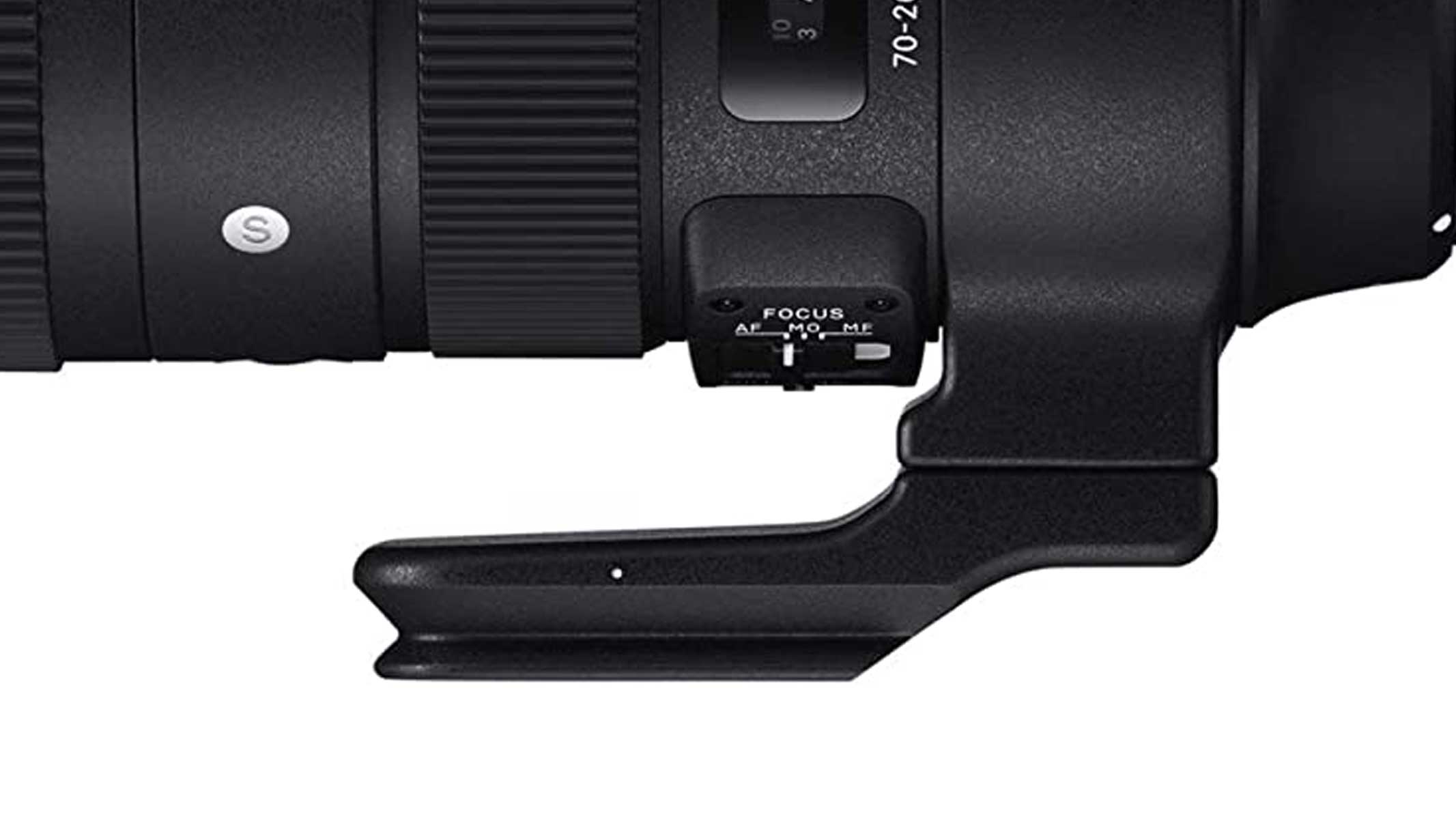Space Verdict
Want a practical, mid-length telephoto with oodles of aperture to allow faster shutter speeds in low light? The Sigma 70-200mm f/2.8 DG OS HSM should be on your shortlist. Astrophotographers should approach it with their eyes open, though.
Pros
- +
Competitively priced
- +
Big, constant aperture
- +
Great image quality
Cons
- -
Tough to use for beginner astrophotographers
- -
Difficult to find another downside
Why you can trust Space.com
We're starting to wish Sigma would mess up. Spiteful reviews are more fun to write than complimentary ones, for a start. But also, when you put the Sigma 70-200mm f/2.8 DG OS HSM next to our reviews for the Sigma 14-24mm f/2.8 DG HSM ART and Sigma 14mm F1.8 DG HSM ART, things start to look a bit one-sided.
Type: 70-200mm zoom lens for full-frame and APS-C sensor cameras.
Compatibility: Available mounts: Canon EF, Nikon F-mount, Sigma SA-mount.
Focal range: 70-200mm zoom focal length.
Aperture range: f/2.8-f/22 constant.
Thread size: 82mm
Weight: 1.8kg
Predominantly thought of as a lens type for wildlife, action, sports, and even gig photography and portraiture, this telezoom is actually suitable for astrophotography as well due to its fast, constant aperture. That, combined with sharp optics and a collar that mounts straight to a tripod means it's suitable for skywatching astro shooters as much as it is at home in the camera bag of a bird photographer. But let's see how this lens suits mid-field astrophotography.
Before we get started though if you're interested in photographing the night sky check out our guide to the best lenses for astrophotography or our round-up of the best cameras for astrophotography. For a closer look at the universe be sure to check out our best telescopes or best binoculars guide, too.
Sigma 70-200mm F2.8 DG OS HSM review: Design

- 1.8kg weight
- Optical stabilization
- 82mm filter thread
We're huge fans of Sigma's ART range of lenses, but interestingly this isn't one of them. Instead, this carries the "S" monogram, indicating it's part of Sigma's Sports range. So what's it doing in a conversation about astrophotography?
For one thing, there's the focal length. 200mm might be well and truly on the long side for all but the mightiest star tracking systems, but 70mm is actually pretty reasonable, especially when you consider the large f/2.8 aperture. It's certainly enough to make the most of the Milky Way, when it's visible, as well as giving you a decent amount of flexibility over composition thanks to its zoom. Ultra-wide-angle prime lenses are all well and good, but are compositionally a little like one-trick ponies, making a lens like this good to have as an option.
It's well made, which is fair to expect given the price. The barrel is made primarily of metal, and while you might not welcome the lens' 1.8kg kerb weight — particularly if there's a decent hike between you and your chosen star-gazing location — it does mean this feels like a lens that can survive a few knocks. To that end, this is also a weather-sealed lens, with grommets where the lens meets your camera body, as well as at the zoom and focus rings, so if your weather forecast lets you down and you find yourself in a downpour, you shouldn't have to panic too much about packing up.

Starting at the front of the lens, you get a locking lens hood, which uses a springy button to release, reducing the chances of it being knocked off. Working backward, you get three buttons, one each on the top, left and bottom of the lens. These AF Function buttons can be set up to different things — Sigma and Nikon users will need Sigma's USB lens dock (£40), while Canon users can use their camera's custom function menu.
Breaking space news, the latest updates on rocket launches, skywatching events and more!
The body of the lens holds a few switches — the option to flick off autofocus is obvious, but you might also welcome the focus limiter, which lets you choose if the lens should hunt through its whole focus range, or only from 3m onwards. Of limited interest to astrophotographers, perhaps, but once you start thinking of this as a lens that will do sterling duties at your next wedding or child's sports day, its inclusion is handy.
You also get a Custom Mode switch — you'll need the USB lens dock, which allows you to change a few parameters of the lens via a computer. The custom switch, for example, can be used to change how the optical stabilization (OS) works, as well as the range of the focus limiter. Not having a USB lens dock meant we couldn't test this, but we do love a piece of kit that allows careful and precise setup.

At the back of the lens is the tripod mount. The ring the tripod foot is mounted on can't be removed from the lens, but, if you absolutely must, the foot itself could be removed with an allen key. There's a nice touch in that the tripod ring has clicky detents every 90°, helping get it lined up correctly if you're mounting it sideways or upside down.
Downsides? We struggle to come up with many. For preference, the focus ring could be a little more smoothly geared — perhaps it was just the factory-fresh nature of our sample, but other professional 70-200mm lenses we've used have had smoother focus rings. This won't be terribly important for literal day-to-day use, but for night-to-night use — when you're more likely to be using manual focus — these little things are important.
Sigma 70-200mm F2.8 DG OS HSM lens review: Performance
- Very square images
- Very little comatic aberration
- Get it focused right and you'll be richly rewarded
Get this lens set up right for astrophotography and you're going to create some lovely images. Unlike a lot of ultra-wide lenses, its geometry is very well controlled, which means you're not going to see bendy corners, whatever focal length you're working at.
It's also very, very sharp. From an astrophotography perspective, you'll be using it at f/2.8 most of the time, of course, but if you can find the light to stop it down a bit you'll find some even more impressive sharpness around the f/5.6 mark.

You'll need to be a dab hand at using a lens this size on most star trackers (and even then there'll be a good dose of trial-and-error), but if you get things sharp you'll be rewarded with some really nice looking mid-field astrophotography images. Comatic aberration — those astigmatic points that can affect pinprick stars in some astrophotography, is really well controlled, even at the lens' largest aperture.
Of less relevance to astrophotographers — but enormously helpful when you use this lens for non-night-sky images — the autofocus is fast and silent, and daytime chromatic aberration — purple fringing on high-contrast edges — is really well controlled.

Should you buy the Sigma 70-200mm F2.8 DG OS HSM lens?
If you're new to astrophotography, the answer is probably 'no', but that would be true of just about any lens of this focal length and larger. You'll need an uprated star tracker and tripod, as well as the experience to use them. As starter lenses, ultra-wide primes are absolutely where it's at.
If you're more ambitious, though, there are lots to recommend this lens. Its price is tempting if nothing else — if you shoot either Canon or Nikon you can expect to spend over $2,000 for their on-brand lenses, which share the same specifications. If you're shooting mirrorless and don't want to use an adapter, there's even worse news — the Canon RF 70-200mm f/2.8L IS USM costs $2799 (£2700), and while the Nikon Z 70-200mm f/2.8 VR S is more affordable at $2596 (£2299), we're using 'affordable' in a pretty loose sense. All of which is to say that getting a capable, bright, well-made lens for a shade over a grand leaves you quite a bit of cash for that uprated star tracker.
The worst news comes for Sony users — there's no E-mount version of this lens, so only Canon, Nikon and Sigma mount users need apply.
If this product isn't for you
For these exact specifications — f/2.8 and a 70-200mm focal length — there's not actually much competition, particularly at this price. Tamron makes the identically-specified, similarly-priced 70-200mm f2.8 Di VC USD G2 but do you really need the full focal length?
200mm is pretty niche for a lot of astrophotography, and this lens' weight makes it hard to use on a star tracker, so consider whether you'd be better off with a 24-70 f/2.8. This would give you the same reach at this lens' widest focal length, but in a package that also allows for wider-field astrophotography, with the same aperture, in a package which weighs quite a bit less and therefore will put less pressure on your camera support and tracker.
Or you could consider Sigma's own 85mm f/1.4 Art DG DN, which offers a long focal length in a relatively lightweight package, and with an aperture that lets you get two stops more exposure. It costs slightly less at an even grand.
Of course, most of the lenses you buy for astrophotography will need to do other things, and it's this general purpose photography that this lens is absolutely amazing for. A mid-telephoto prime lens might be better for astrophotography, but this lens is more than acceptable for a bit of night-sky dabbling and has plenty of all-purpose appeal to boot.
Dave is a former contributing writer to Space.com in the areas of astrophotography and astronomy, often for reviews of various lenses used in capturing images of the stars. He lives and works in Hobart, Tasmania and is the Associate Professor of Art at the University of Tasmania, where he serves as School Research Coordinator and Head of Photography at the Tasmanian School of Art.

